Thinking about whether this plant is too lively for your garden? We’ll take an easy and simple way through the Cotoneaster to understand its behavior and whether it has a movement to become overly invasive. Cotoneaster, a common shrub found in many gardens, is known for its attractive appearance and facility of care.
But, some people worry that Cotoneaster can grow really fast and take up space that other plants need. We’ll shed light on what makes a plant forward and how Cotoneaster fits into that picture. You’ll have a clearer understanding of whether Cotoneaster should be welcomed in your garden or approached with caution.
So, let’s start and ease the disturbing nature of cotoneaster bonsai simply.
Understanding Cotoneaster

Cotoneaster plants are super popular in gardens, and one way to ensure they look their best is by using plant fertilizers. There are more than 200 kinds of them from Europe, Asia, and North Africa. People love them because they look great. Some have pretty flowers, colorful berries, and lots of leaves. Gardeners often choose ones like Cotoneaster horizontalis, Cotoneaster dammeri, and Cotoneaster lacteus. These plants make gardens look beautiful.
The Invasive Concern
People who care about nature and want to protect it are concerned about Cotoneaster plants growing too much in places where they shouldn’t. This is because of a few important reasons.
1. Prolific Seed Production

Cotoneaster plants make lots of berries that birds like to eat. When birds gobble up these berries, they also swallow the tiny seeds inside. Later on, when the birds do their business, these seeds come out in their droppings. This helps the seeds spread to different places. So, thanks to the birds eating and pooping, more Cotoneaster plants grow naturally everywhere. Birds and plants work together to ensure plenty of berries for the birds and more plants in the wild.
2. Tolerance to a Range of Conditions
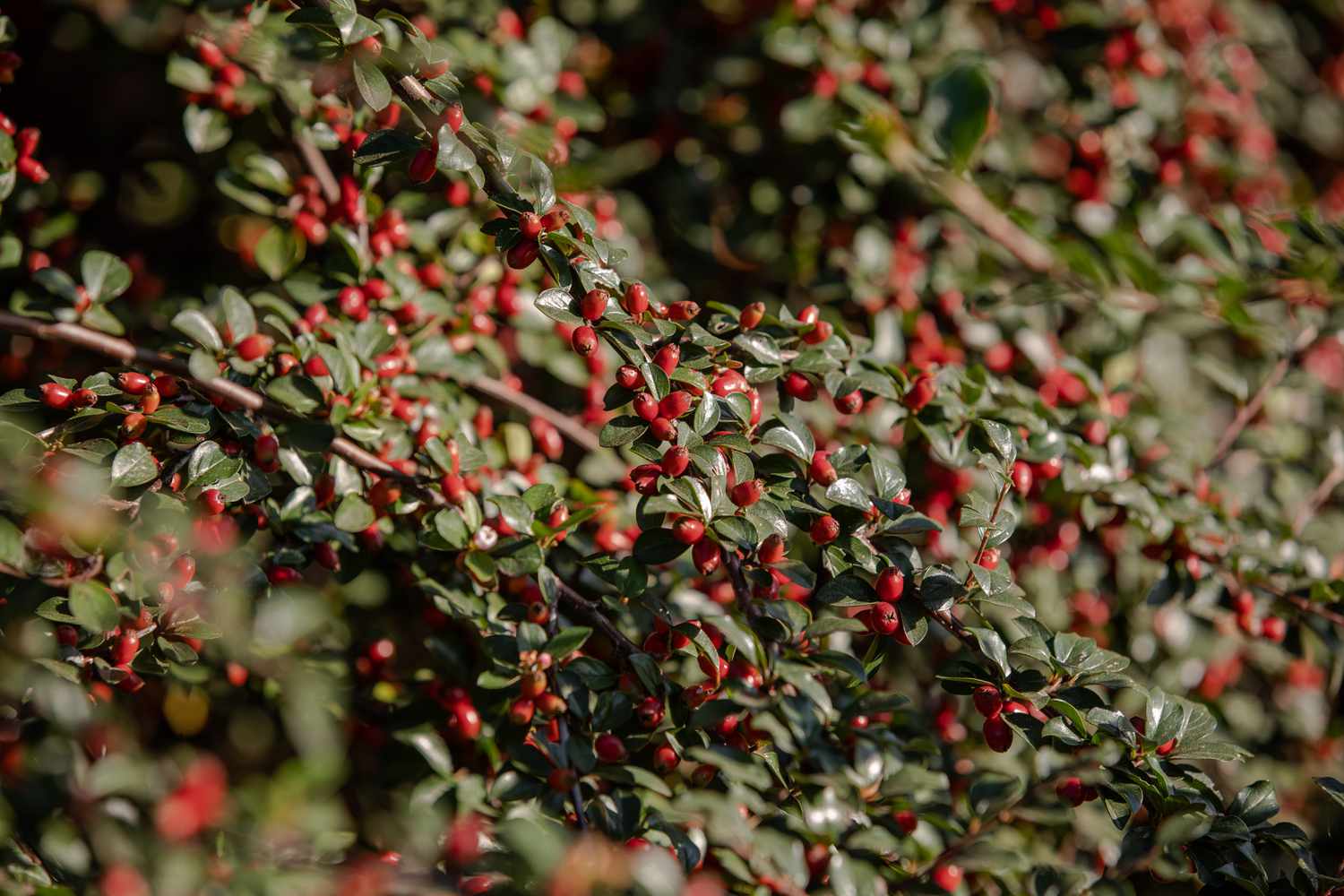
Cotoneaster is a tough plant. It can live in many different places, even if those places aren’t great for other plants. Sometimes, it can take over and beat the other plants there. Think of Cotoneaster as a strong competitor in the plant. It doesn’t matter where it grows. It finds a way to survive and grow. Whether it’s a messed-up place or somewhere else, Cotoneaster can handle it.
This means it can spread and grow where other plants might have trouble. While it’s cool that Cotoneaster can grow in various places, we must also watch out for it because it might push away our local plants. So, while we like that it can fit in anywhere, we also need to make sure it doesn’t become too much of a garden bully.
Altered Soil Chemistry
Some Cotoneaster plants release chemicals into the soil. These chemicals can stop other plants from growing nearby. Think about how you have a garden with different plants. If you plant one of these Cotoneaster plants, its chemicals might make it hard for your other plants to grow.
This can change the types of plants that live in your garden. Now, think about this happening in nature. Cotoneaster plants can be put in a forest. For example, Their chemicals might make it tough for native plants to grow. This can affect the animals and bugs that rely on these plants for food and homes. So, Cotoneaster’s chemicals can change whole forests, not just your garden.
Displacement of Native Species
Cotoneaster plants are like troublemakers in our local environment. They don’t belong here, and they create problems.
They push out our native plants, which are supposed to be here. This messes up how things work in our local nature spots.
When these intruders take over, they mess up the balance of our local ecosystems. When that happens, we lose the variety of plants and animals that make our environment special.
We call this variety biodiversity, and it’s essential for keeping our local ecosystems healthy. But when Cotoneasters move in, biodiversity decreases, and the environment becomes less stable.
Understanding the Impact
Cotoneaster plants can sometimes spread a lot in certain places, but not all kinds of Cotoneaster are equally troublesome. Whether they become a problem or not depends on where they are and what the environment is like there.
Sometimes, Cotoneaster can help wildlife. It can give animals a place to live and provide them with food.
So, while we need to be careful with Cotoneaster in some situations, it can also be a good thing for nature in others. It’s all about finding the right balance and understanding how it fits into each specific area.
Conclusion
Cotoneaster can be forwarded in some places. It spreads quickly and can take over other plants.
This can harm the local environment and native species. So, it’s important to be careful when planting Cotoneaster. Make sure it won’t escape into nearby natural areas.
But not all Cotoneaster plants are disturbing. Some types are less likely to spread. So, if you like Cotoneaster, choose the right kind for your garden.
Invasive plants can cause problems, but we can stop them. So, yes, Cotoneaster can be invasive, but we can prevent its spread and enjoy its beauty in our gardens responsibly.
Always be a good gardener and help protect our natural place.

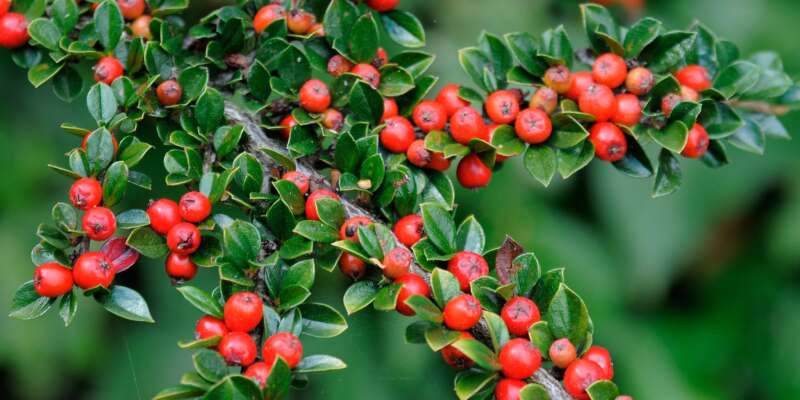



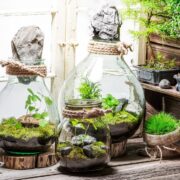
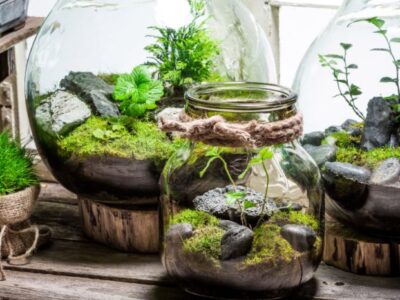

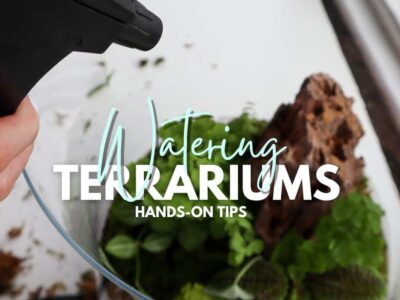
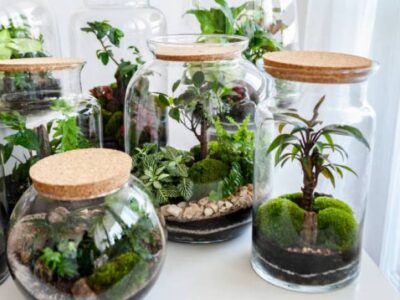
Comments